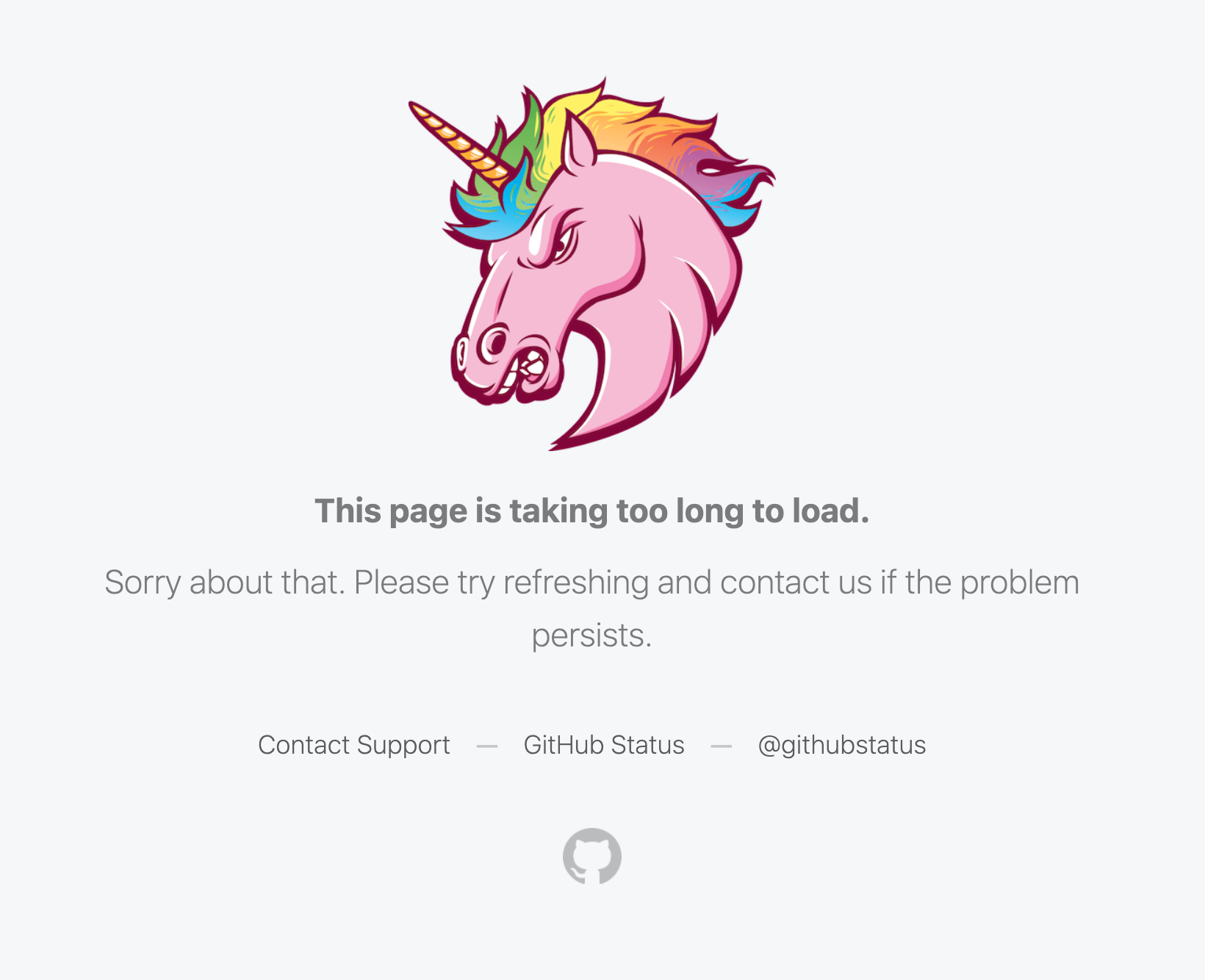Falsehoods programmers believe about time zones
If I told you there was a timezone 30 minutes past the hour, would you believe me? In a small section of Western Australia, there is. However, time zones (TZ) are way more complicated. If you have not missed a meeting due to a TZ mixup, you haven’t worked in a multi-national company or had a meeting in a country with >1 timezone.
I shared this article with several friends, and this response sums it up. “I think documenting failure is as important as celebrating success. Always share what you’ve learned. And adding in humor makes it human.”
PostgreSQL Schema Changes with pg_osc
While Online Schema Change (OSC) has been part of the MySQL ecosystem for decades, evolving from pt-osc (previously MaaKit) to gh-ost and now spirit this is the first time I’ve head of OSC for PostgreSQL. It likely has existed in some form for some time.
Source: LinkedIn
Pricing your product
One key takeaway from the MicroConf Founder-lead Sales event was pricing. “Be transparent and provide a number.” is basically what I noted as the essence. Well, I’m going to track sites that do not offer pricing to evaluate why. My first two entrants are Vanta and CultureAmp. Why is a price not offered? Is it a high-entry point, too complex to articulate easily, a way to charge the customer what they are willing to pay, or perhaps it’s not credit-card worthy but a detailed commitment? As a child, I remember being told that if I had to ask the price when it was not visible, I could not afford it. Does this apply to SaaS?
Postgres is eating the database world
The Extension is a fundamental growth mindset for PostgreSQL. Combined with the protocol for TCP communications, a robust and growing ecosystem can be seen with PostgreSQL. Add the wisdom of moving to an annual release cadence, and these factors would seem to highlight that PostgreSQL is quickly outpacing MySQL in the RDBMS open-source ecosystem. This article written by the creators of Pigsty, and other players including Tembo and Aiven are re-enforcing the narrative.
Source: LinkedIn
Why should I not upload images of code/data/errors?
This post is a comment by Bill Karwin to Stop with the Video Documentation by Jon Sustar. This post is just the recipe that should be enshrined in the ticket support system of any company when any user tries to upload an image. When a text command is provided, and the response is not provided back in the text, it’s hugely inefficient.
Source: LinkedIn
About “Digital Tech Trek Digest”
Most days, I take some time early in the morning to scan my inbox newsletters, the news, LinkedIn, or other sources to read something new about professional and personal topics of interest. I turn what I read into actionable notes in a short, committed time window, summarizing what I learned, what I should learn and use, or what is of random interest. And thus my Digital Tech Trek.
Some of my regular sources include TLDR, Forbes Daily, ThoughWorks Podcasts, Daily Dose of Data Science and BoringCashCow. Also Scientific American Technology, Fareed’s Global Briefing, Software Design: Tidy First? by Kent Beck, Last Week in AWS, Micro Newsletter to name a few.
New Additions
I have added Building a boring, but wildly profitable, online business portfolio as a new source to review.


